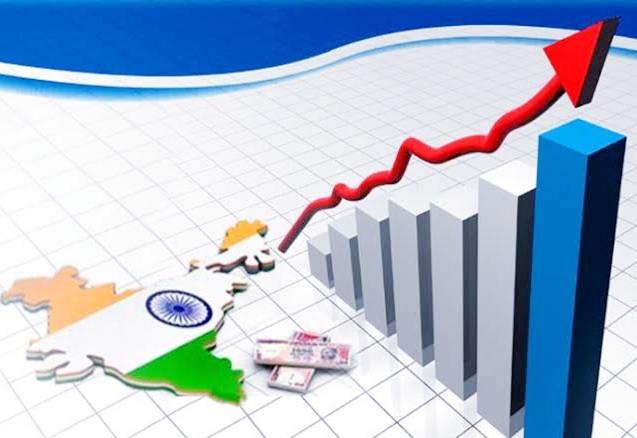Public sector lenders including State Bank of India and Bank of Baroda have growth their marginal cost of funds based lending rates (MCLR). The move is likely to be followed by other lenders as well, resulting in an increase in the equated monthly installments (EMIs) of borrowers.
The country’s largest lender State Bank of India (SBI) has increased MCLR by between 5 to 10 basis points (bps) on various tenors, effective Monday (July 15). One basis point is 100th⁸ of one percentage point.
The bank has revised its one month MCLR by 5 bps from 8.3 percent to 8.35 percent. According to the SBI website, interest rates on three-month, six-month and one-year MCLR have been increased by 10 bps to 8.4 per cent, 8.75 percent and 8.85 per cent respectively.
The bank is now offering MCLR of 8.95 percent on a loan tenure of two years, which was earlier 8.85 percent. This is the second time SBI has increased the MCLR in the last two months. In June, the bank increased its MCLR by 10 bps for all tenors.
Bank of Baroda (BoB) has increased MCLR on select tenors by 5 bps, effective July 12. The lender has increased the one-year MCLR from 8.85 percent to 8.9 percent. Overnight and six-month MCLR have been increased to 8.15 percent and 8.7 per cent respectively.
Another government lender UCO Bank increased the overnight MCLR rate by 5 bps to 8.15 percent from 8.10 per cent, effective from July 11.
The increase in MCLR comes days ahead of the next monetary policy meeting of the Reserve Bank of India (RBI), which is scheduled to be held from August 6 to 8. The six-member Monetary Policy Committee (MPC) is likely to keep the repo rate unchanged at 6.5 percent. In the meeting.
Proposed on April 1, 2016, MCLR is the minimum interest rate below which banks and NBFCs cannot lend. To calculate MCLR, banks calculate all operating costs as a percentage of the marginal cost of funds. Under the MCLR regime, banks take the plunge on the interest rate at which they will offer to borrowers based on the marginal cost at which they get funds through funds and by borrowing from the Reserve Bank of India.
Banks review their MCLR of different maturity periods every month on a pre-announced date with the approval of their Board.
RBI has increased the repo rate by 250 bps from May 2022. In response to the cumulative 250 bps hike in repo rate from May 2022, banks have revised their EBLR by the same magnitude. The one-year average MCLR has been increased by 175 bps from May 2022 to May 2024.
At the end of March 2024, the share of EBLR linked loans in the total outstanding floating rate rupee loans of banks was 57.5 per cent while the share of MCLR linked loans was 38.3 percent.
SBI, BOB grow MCLR by 5-10 bps















+ There are no comments
Add yours